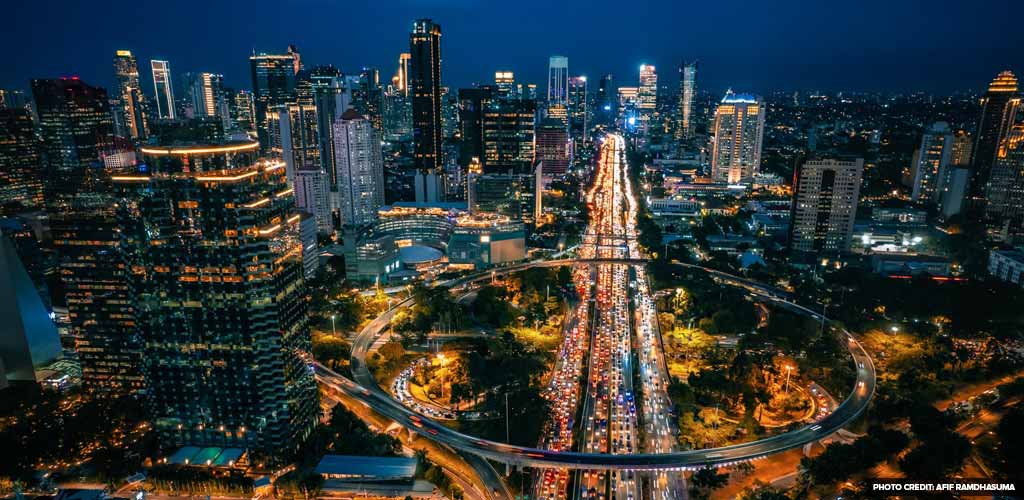
Jakarta often catches travellers off guard in the best way possible – a pulsing metropolis of contrasts, it’s where sleek rooftop bars sit beside colonial echoes, and street food sizzles under towering skyscrapers. For holidaymakers seeking more than just a gateway city, the ‘Big Durian’ rewards those willing to dig beneath the surface.
Here’s our top 10 things to do in Jakarta for 2025, flowing from its dynamic nightlife and foodie pockets to rich cultural treasures.
Jakarta’s Sudirman Central Business District (SCBD) is a modern marvel: glassy high-rises, wide pavements, and a splash of urban drama. As the evening breeze settles in, this district becomes a canvas for pop-up shows, light displays, and street musicians. It’s an arena for people-watching, and a taste of pulsating, psychedelic metropolitan life.
Just down the road from SCBD, Senopati rises as Jakarta’s nightlife capital. Rooftop bars overlook a glittering skyline, offering a perfect setting for tropical cocktails and slow conversations under the stars. The vibe? Polished, upbeat, and unmistakably Jakarta.
Clubs and bars in the area are popular for their mood lighting, stylish interiors, and eclectic playlists that stretch from jazzy lounge to weekend DJ sets. Whether guests are unwinding after a day of city roaming or celebrating a milestone, Senopati delivers big city glam with tropical flair.
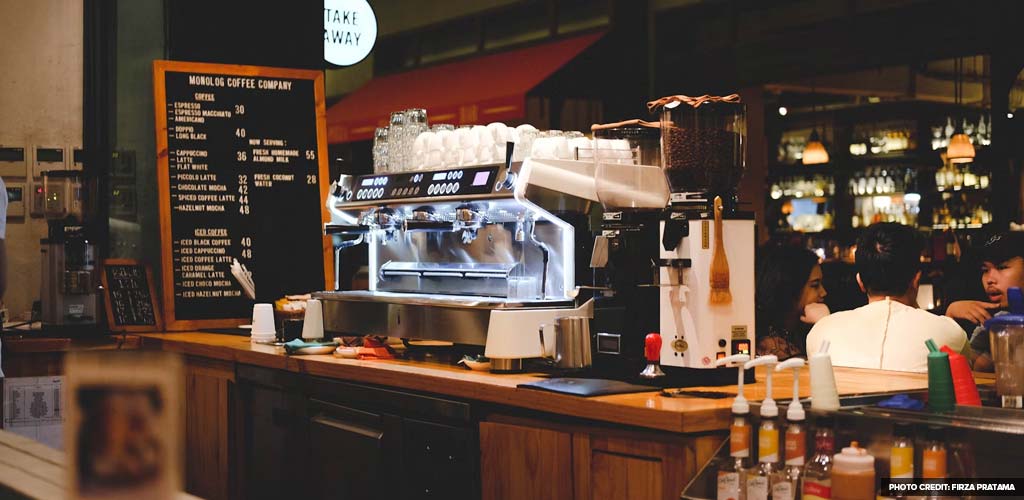
Travellers with a fondness for Asian fare will feel right at home in Jakarta’s bustling food markets. From smoky skewers of satay ayam to flavour-packed nasi padang, the city offers something for every palate. Popular dishes like nasi goreng and mi goreng are just the beginning.
Head to Pasar Santa for a mix of street food and modern food stalls—a lively stop where traditional meets contemporary, often accompanied by live acoustic sets. Meanwhile, Menteng’s street stalls serve late-night favourites like martabak manis (a thick, sweet pancake) and kerak telor (Betawi-style crispy omelette). This is where Indonesia’s rich culinary culture is best explored, one bite at a time.
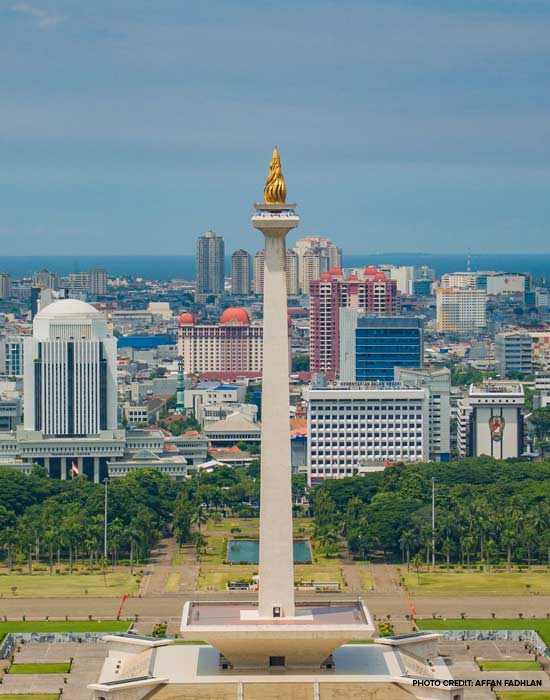
Jakarta’s shopping scene caters to every kind of holidaymaker. For high-end retail and big-name brands, malls like Grand Indonesia deliver in style. For something more local, Tanah Abang Market is a maze of textiles and fashion, buzzing with energy and colour.
And for those who enjoy the thrill of antique hunting, the Pasar Jalan Surabaya offers a unique flea market experience. Typewriters, old vinyl, batik masks, and quirky colonial trinkets make it a treasure trove of anecdotes waiting to be taken home.
An hour north of Jakarta by boat, the Thousand Islands (Kepulauan Seribu) offer a tropical counterpoint to city life. Travellers can spend a day snorkelling, lounging on sun-drenched beaches, or simply soaking up the peace and quiet of island life. It’s an easy yet unforgettable escape, perfect for recharging before diving back into the urban buzz.
For a breezy day out without leaving the city, the Ancol Dreamland brings the coast to Jakarta. With its mix of boardwalks, beaches, and attractions like Atlantis Water Adventure and SeaWorld Ancol, it’s a go-to for families, couples, and daydreamers alike. It’s the kind of place where theme park energy meets laid-back seaside charm—easy, fun, and full of variety.
At the heart of Jakarta stands MONAS, a towering symbol of Indonesian independence. Locals and tourists alike congregate here to have an evening stroll, a jog and sometimes a picnic in the surrounding gardens. There’s a museum inside, where guests can learn of the nation’s freedom struggles and more. And for those riding the elevator to the viewing platform, the views stretch across the city’s vast sprawl, a reminder of Jakarta’s scale and spirit.
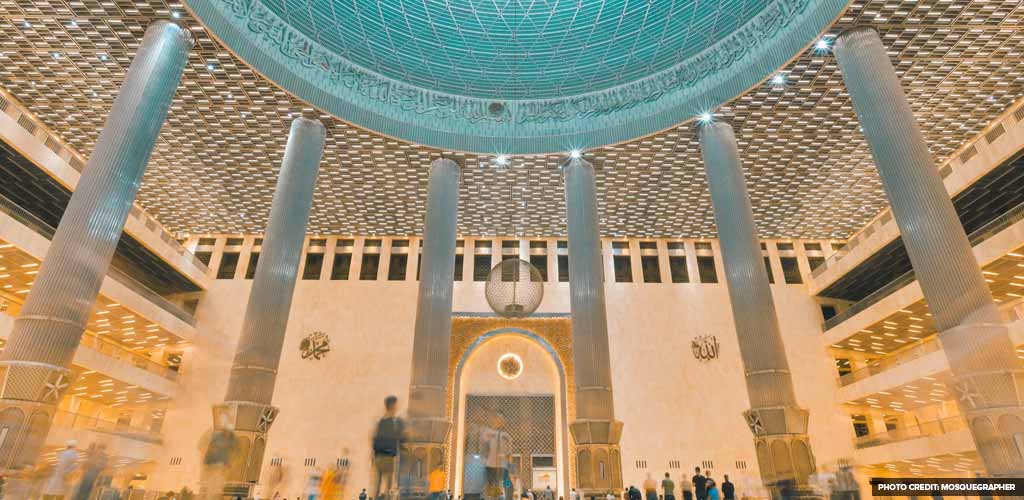
Just steps from MONAS stands Istiqlal Mosque, the largest in Southeast Asia. With its vast domes and tranquil atmosphere, it offers a powerful sense of peace, welcoming guests of all faiths to admire its serene architecture and spiritual energy. The building itself is a fusion of Islamic and modernist design, with a massive prayer hall, tall minarets, and striking marble details.
Across the road, Jakarta Cathedral complements this scene with its neo-Gothic spires and stained-glass windows, creating a symbolic reflection of Indonesia’s religious tolerance and cultural diversity. These two landmarks stand in quiet conversation—different in beliefs, but united in compassion.
A walk through Glodok, Jakarta’s Chinatown, is a dive into layered history. Chinese medicine shops, red lanterns, and temple courtyards create a world of tradition and flavour. Sample dumplings at family-run eateries or sip on herbal recipes passed down through generations.
Nearby, the Kota Tua (the old Dutch colonial quarter) is full of atmospheric lanes, art-filled cafés, and restored 18th-century buildings. Highlights include the Museum Bank Indonesia, which showcases the city’s economic roots, and Fatahillah Square, where street performers, bicycle rentals, and colonial façades paint a charming, old-world picture. Together, Glodok and Kota Tua form Jakarta’s historical heart – one that’s timeless, colourful, and full of stories.
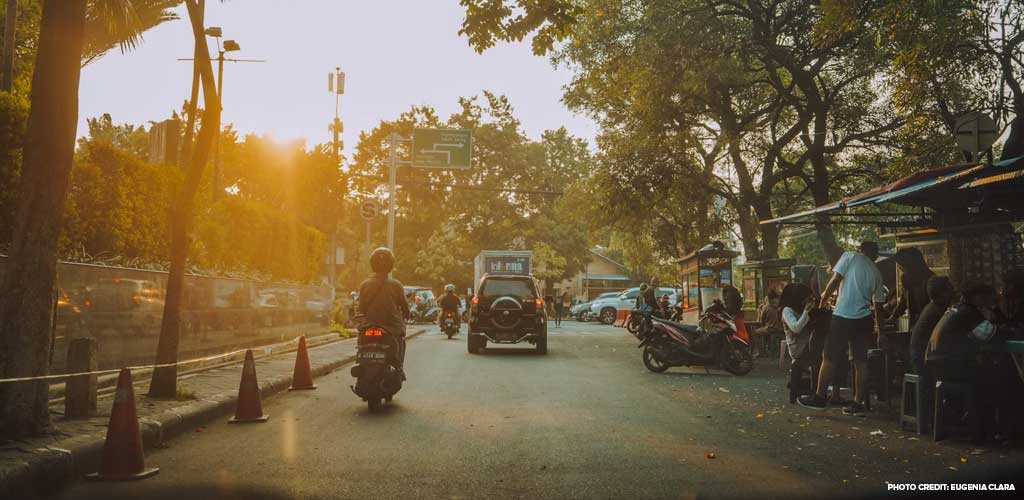
For travellers drawn to creativity and local expression, Kemang is Jakarta’s artsy soul. Think boutique galleries, indie bookshops, and leafy cafés where time seems to slow. It’s a favourite with artists, writers, and expats – and a great spot to browse, linger, or simply enjoy the scene.
Jakarta isn’t always love at first sight, but it’s a city that grows on those who give it a chance. With its rooftop bars, buzzing markets, quiet mosques, and island escapes, it delivers experiences as layered as the city itself. For holidaymakers ready to explore Indonesia from a different angle, Jakarta is a story worth discovering. And if that holidaymaker is you, you might be interested in browsing our all-inclusive Indonesia holiday packages. Or, have a quick chat with our travel experts – call 1800 991 751!
Scan QR image with Google Lens

Or fill your email address below